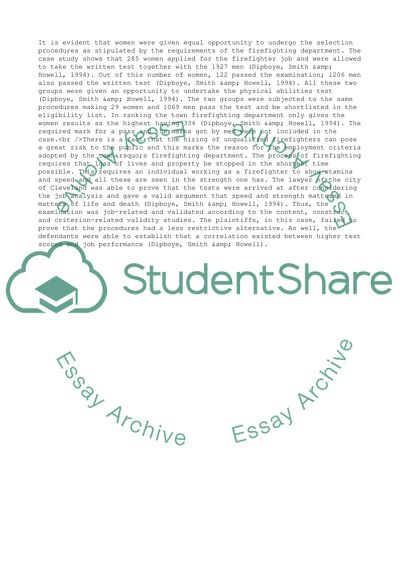Cite this document
(Understanding Industrial and Organizational Psychology Assignment Example | Topics and Well Written Essays - 3500 words, n.d.)
Understanding Industrial and Organizational Psychology Assignment Example | Topics and Well Written Essays - 3500 words. https://studentshare.org/management/1809156-io-psychology
Understanding Industrial and Organizational Psychology Assignment Example | Topics and Well Written Essays - 3500 words. https://studentshare.org/management/1809156-io-psychology
(Understanding Industrial and Organizational Psychology Assignment Example | Topics and Well Written Essays - 3500 Words)
Understanding Industrial and Organizational Psychology Assignment Example | Topics and Well Written Essays - 3500 Words. https://studentshare.org/management/1809156-io-psychology.
Understanding Industrial and Organizational Psychology Assignment Example | Topics and Well Written Essays - 3500 Words. https://studentshare.org/management/1809156-io-psychology.
“Understanding Industrial and Organizational Psychology Assignment Example | Topics and Well Written Essays - 3500 Words”. https://studentshare.org/management/1809156-io-psychology.


